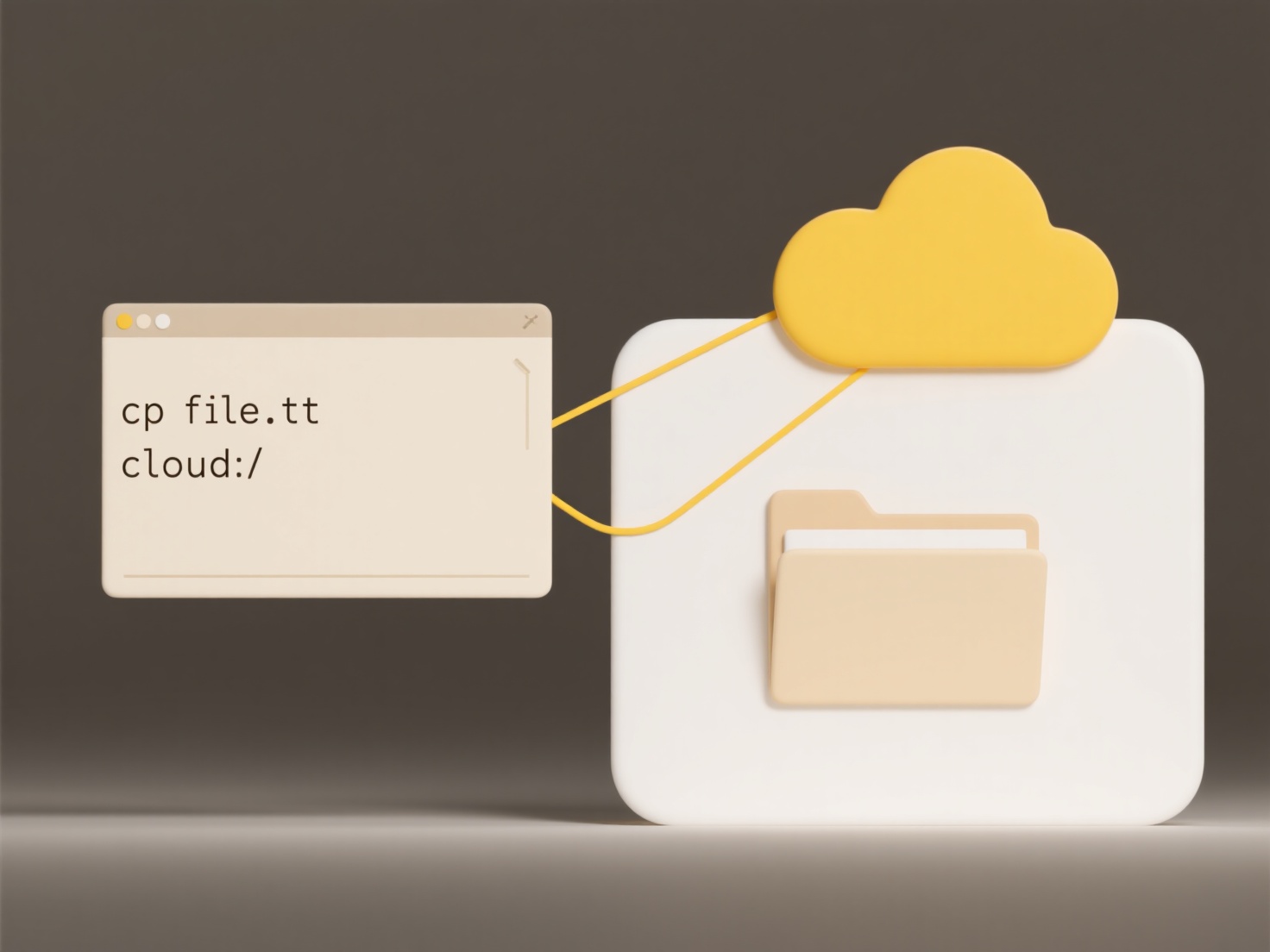
Preventing virus risks in shared files involves stopping malicious software (malware) from being introduced or spreading when documents, images, or other files are exchanged between users or systems. This differs from individual device protection because shared files originate from potentially untrustworthy external sources via email attachments, cloud storage links, USB drives, or network folders. The core strategy relies on scanning all incoming and outgoing shared content for known malware signatures and suspicious behavior.

Essential practices include using robust antivirus/anti-malware software that automatically scans files accessed from or saved to shared locations, like cloud drives (OneDrive, Google Drive, Dropbox) or corporate network shares. Businesses often implement email gateway security that scans attachments before they reach the inbox. For example, an accounting department might enforce scanning for macros in shared Excel budget files, and a healthcare provider requires encrypted, virus-scanned links for sharing sensitive patient documents.
Proactive scanning significantly reduces infection rates. However, limitations exist: zero-day threats (unknown malware) might bypass detection, and user error (e.g., turning off scanners, opening files from unverified sources) remains a weak point. Ethically, individuals and organizations share responsibility to protect recipients. Future developments focus on behavior-based AI detection and improved sandboxing for safer file opening. Consistent adoption of these practices is crucial for maintaining digital trust.
How do I prevent virus risk in shared files?
Preventing virus risks in shared files involves stopping malicious software (malware) from being introduced or spreading when documents, images, or other files are exchanged between users or systems. This differs from individual device protection because shared files originate from potentially untrustworthy external sources via email attachments, cloud storage links, USB drives, or network folders. The core strategy relies on scanning all incoming and outgoing shared content for known malware signatures and suspicious behavior.

Essential practices include using robust antivirus/anti-malware software that automatically scans files accessed from or saved to shared locations, like cloud drives (OneDrive, Google Drive, Dropbox) or corporate network shares. Businesses often implement email gateway security that scans attachments before they reach the inbox. For example, an accounting department might enforce scanning for macros in shared Excel budget files, and a healthcare provider requires encrypted, virus-scanned links for sharing sensitive patient documents.
Proactive scanning significantly reduces infection rates. However, limitations exist: zero-day threats (unknown malware) might bypass detection, and user error (e.g., turning off scanners, opening files from unverified sources) remains a weak point. Ethically, individuals and organizations share responsibility to protect recipients. Future developments focus on behavior-based AI detection and improved sandboxing for safer file opening. Consistent adoption of these practices is crucial for maintaining digital trust.
Quick Article Links
How do I locate downloads from a browser?
Browsers store downloaded files locally on your device when you click a download link or button. They typically manage t...
What tools can detect duplicate files automatically?
Duplicate file detection tools automatically identify identical or entirely similar files within a storage system, such ...
What is a .csv file and when should I use it?
A CSV (Comma-Separated Values) file is a simple plain text format used to store tabular data, such as spreadsheets or da...